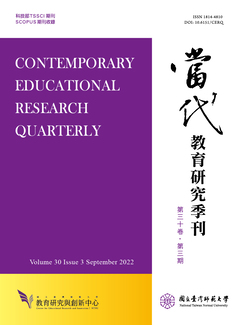

In 2004, the United States revised the Individuals with Disabilities Education Act, allowing schools to use a new educational model, Response to Intervention (RTI), to identify students with learning disabilities eligible for special education. Since then, there has been much discussion in the American educational field about this model.The RTI model requires general education teachers and special education teachers to cooperate with each other and to deliver evidence-based instruction to students while systematically monitoring students' progress. Only those students who cannot meet particular goals can receive special education services.Many see the RTI model as a response to long-lasting controversy regarding the identification of learning disabilities; it is viewed as an improvement over the previous model, the discrepancy model. One group of researchers has argued that the discrepancy model is not capable of distinguishing students with learning disabilities from those with low achievement. The discrepancy model has also been criticized as a "wait-to-fail" model because schools must wait until students' performances are low enough before they can provide intervention.The introduction of RTI has led to significant changes in the American educational system. For example, it requires all educators to focus on students' performance. The model has potential to provide every child the opportunity to successfully learn in school. However, it has not yet been demonstrated that it can solve all problems related to the identification of learning disabilities.This article first reviews the fundamentals of RTI, then goes on to evaluate various effects of the model, and finally discusses potential challenges in RTI implementation. It is hoped that this article can help educators in Taiwan to use the experiences in the United States to rethink the Taiwanese model of identification and remediation for students with learning disabilities.

This work is licensed under a Creative Commons Attribution-NonCommercial 3.0 Taiwan License.
Center for Educational Research and Innovation, National Tawain Normal University
162, Ho-Ping East Rd, Sec. 1, Taipei, Taiwan | Tel:+886-2-7749-3670 | E-mail: cerecerq@gmail.com
CERI | NTNU | E-mail Alerts | Open Journal System
© 2014 CERI-NTNU
